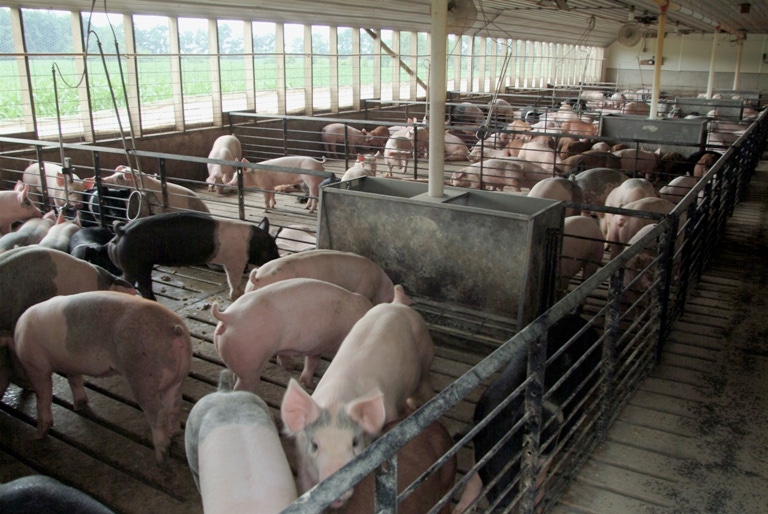Rabobank Forecasts Hog Price Recovery
Despite facing one of the most turbulent years in its history, Rabobank predicts that the global pork industry will experience some hog price recovery toward the end of 2012 and into 2013. This change will occur when the current supply boost from feed price-induced herd liquidation fades.
October 12, 2012

Despite facing one of the most turbulent years in its history, Rabobank predicts that the global pork industry will experience some hog price recovery toward the end of 2012 and into 2013. This change will occur when the current supply boost from feed price-induced herd liquidation fades.
A new report from Rabobank looks at the impact of drought in various global markets, notably consolidation at the farm level due to high feed costs, as well as the variance in pricing in major pork markets.
“Diverging price trends in key markets were the distinguishing feature of the global pork trade in Q3 2012. Clearly, production cycles are not synchronized globally – and this creates opportunities for those with flexible procurement and sales operations,” says David C. Nelson, global animal protein strategist at Rabobank and an author of the report.
The report also focuses on these key points:
Global pork prices will remain pressured in Q4 2012.
Production cutbacks to support strong prices will continue into 2013.
Contrasting price developments exist between pork-producing regions globally.
High feed costs will trigger another round of consolidation.
The Rabobank five-nation (Brazil, China, United States, Canada and the European Union) finished hog price index was down in September after rising since May.
The impact of economic conditions on demand will be a key factor for 2013 pricing.
Agricultural commodity price volatility, exchange rate movements and fluctuating Chinese pork imports will drive the global pork market in coming years.
“The consequences of the worst drought in the United States in nearly a century were further exacerbated by droughts in South America and Russia,” Nelson says. “The result will be historically low stocks-to-use ratios for feed crops and high costs for at least the coming 12 months. Further demand rationing for feed crops will be required for the biofuel production and animal protein industries, including pork. Continuing tight global beef supplies will also provide a pricing umbrella for pork.”
For more information about Rabobank, visit www.Rabobank.com.
You May Also Like



